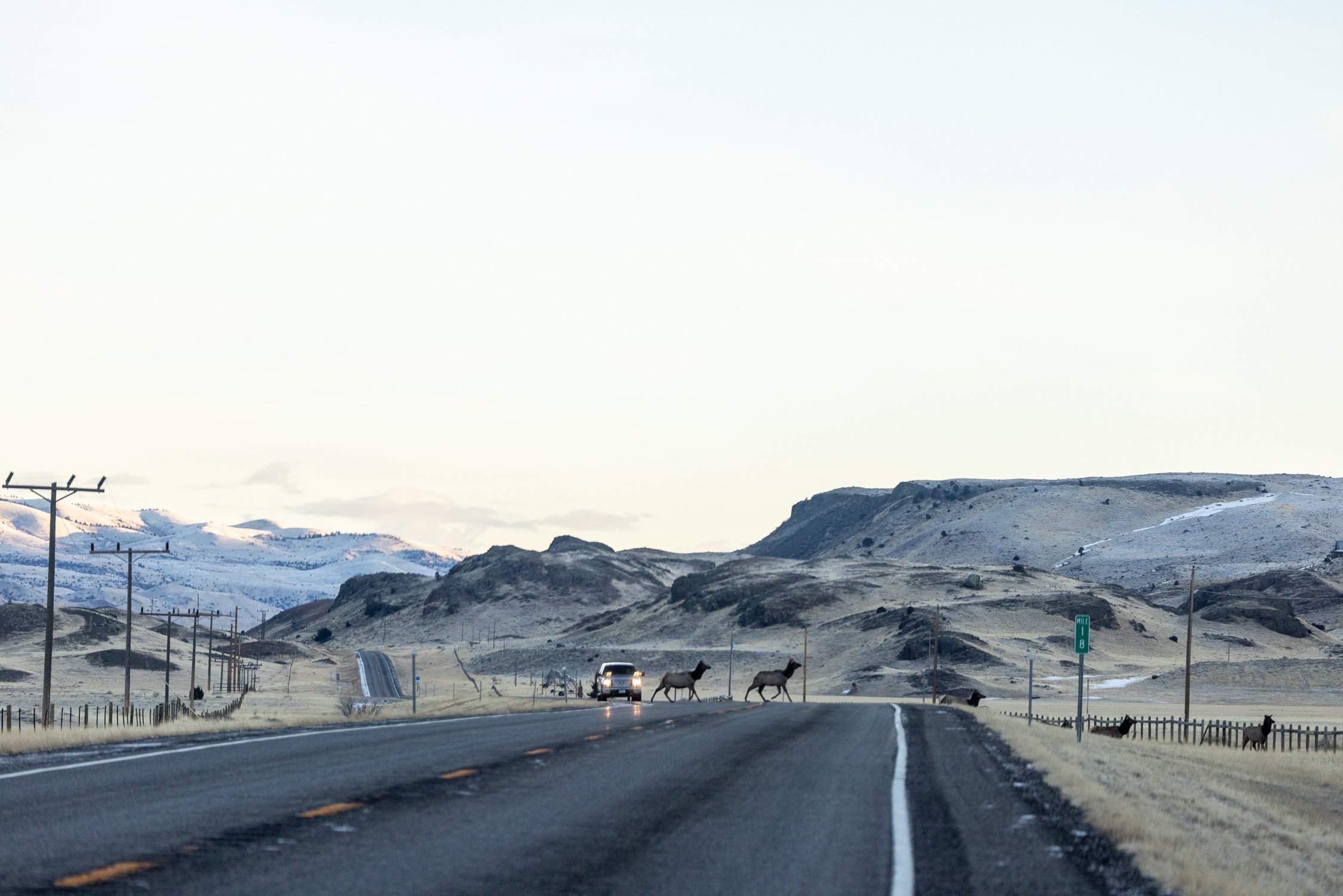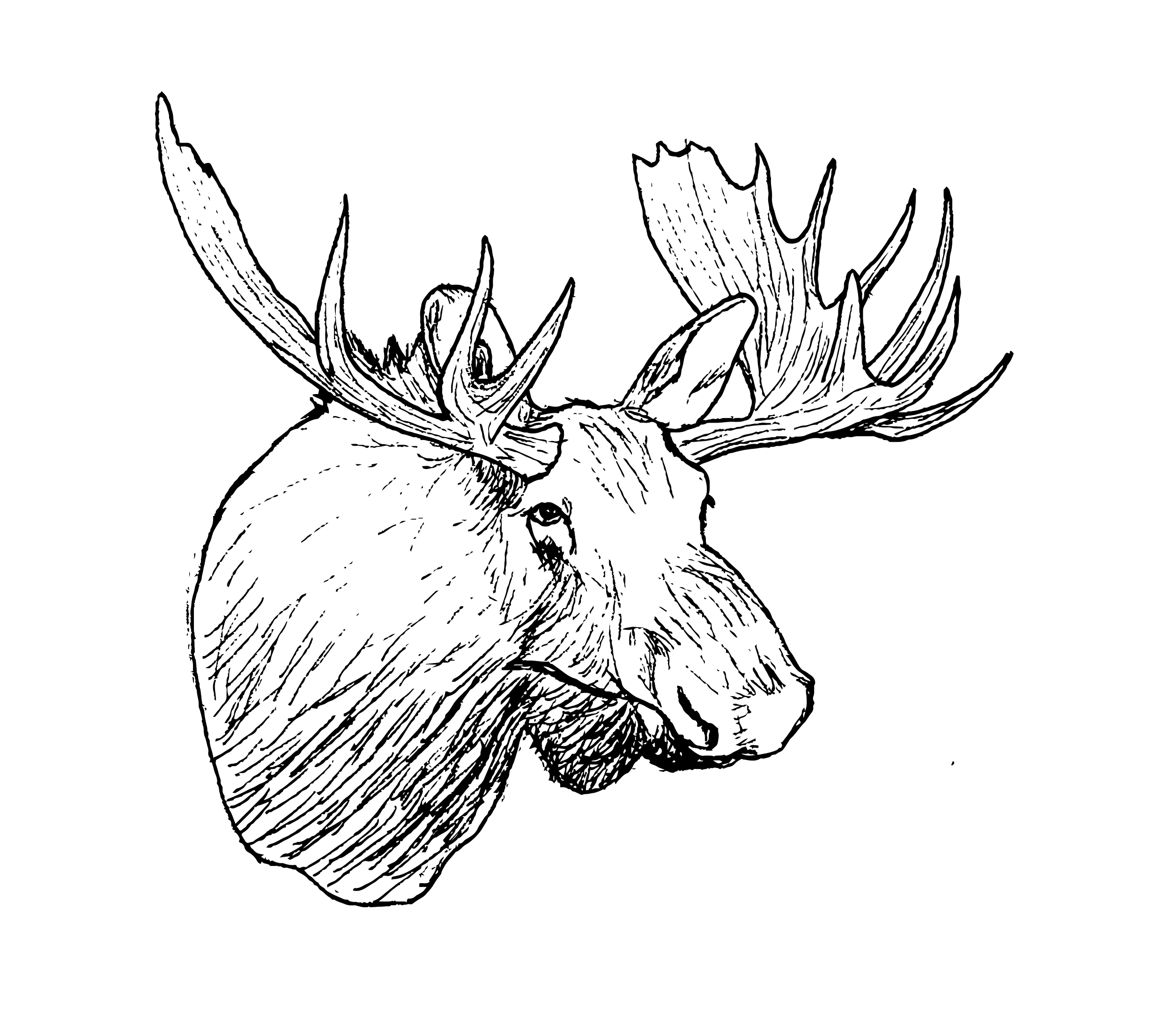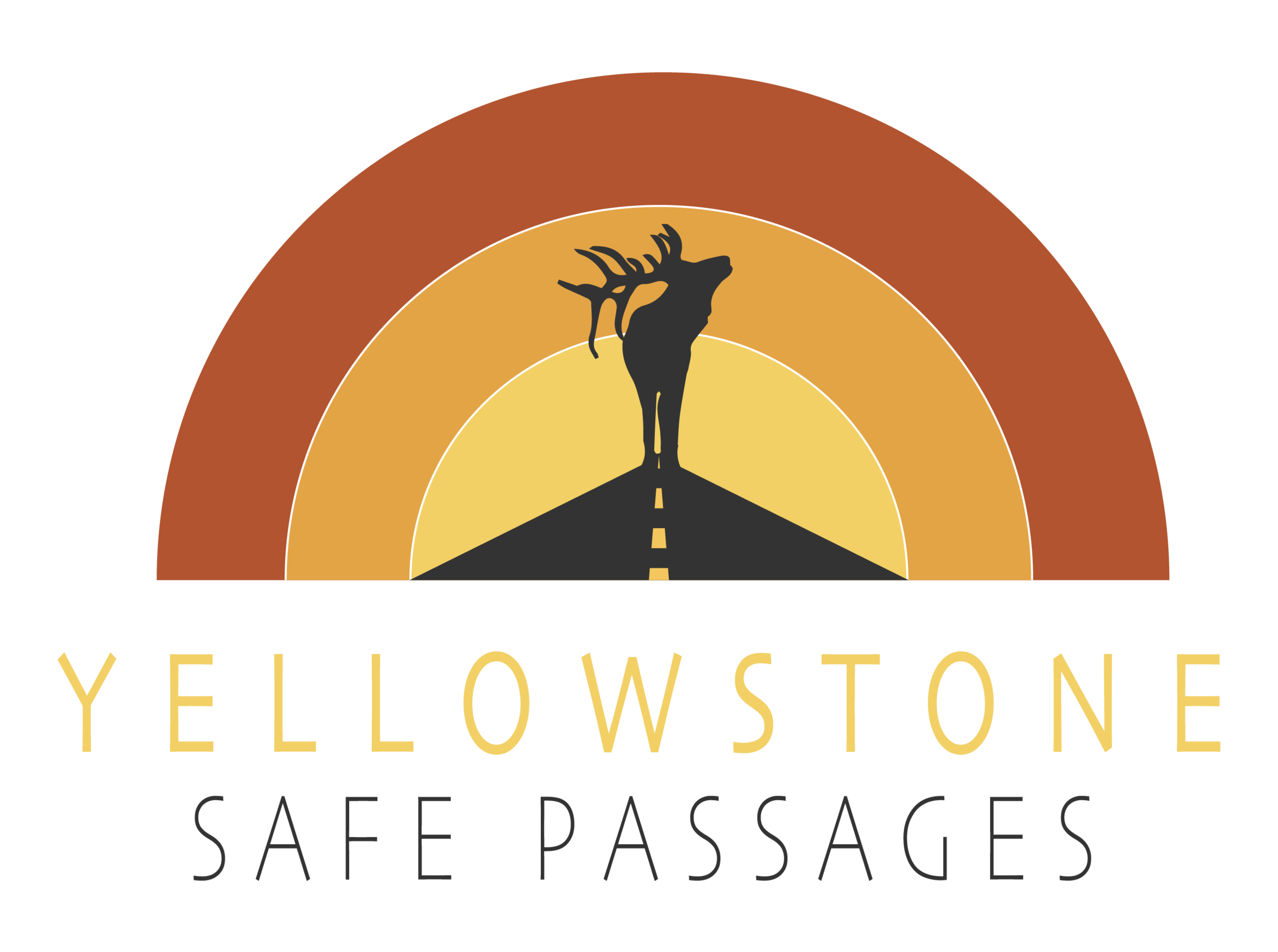
US 89 Wildlife & Transportation Assessment
What is the Wildlife and Transportation Assessment?
The US 89 Wildlife & Transportation Assessment combines public agency data, citizen science, local and expert knowledge,and engineering expertise to identify priority areas where wildlife accommodation measures—such as culverts, bridges, underpasses, overpasses, animal detection systems and fencing—can improve the safety of travelers and wildlife by reducing wildlife-vehicle collisions while allowing wildlife to move safely across the highway. The assessment spans US 89 from Livingston to Gardiner, Montana.
why is an Assessment important?
Wildlife-vehicle conflicts along US 89 North of Yellowstone have many impacts:
1. Road safety
Roughly 50% of all highway accidents on US 89 between Livingston and Gardiner are wildlife related. This is five times the Montana average and 10 times the national average.
A conservative estimate is well over 160 wildlife-vehicle collisions per year between Livingston and Gardiner.
2. wildlife conservation
Wildlife need to travel within and between Yellowstone National Park, the Gardiner Basin, and Paradise Valley to access favorable habitat.
The barrier effect is the phenomenon by which roads, railways, and fencing impede the natural movement of animals. For roads, if the traffic volume is too high, an animal may not even attempt to cross.
3. Cost to Communities
Research indicates that the average collision costs for deer, elk, and moose are $14,014, $45,445, and $82,646 respectively.
Without even taking into account the conservation value of the animal itself, wildlife-vehicle collisions in the study area have come with a price tag of over $32 million in damages over the last 10 years.
Read the Full Assessment
Read the Key Findings
Assessment Quick Facts
-
Yellowstone Safe Passages (YSP), a community of citizens who live, work, and play in the Upper Yellowstone Watershed, sponsored the assessment with funding from private donations and organizational contributions. YSP’s mission is to support collaborative solutions that address and resolve wildlife-vehicle conflict on US 89 between Livingston and Gardiner, Montana.
-
Yellowstone Safe Passages partnered with the Bozeman-based Center for Large Landscape Conservation, Montana State University’s Western Transportation Institute, and Montana Freshwater Partners to conduct the US 89 Wildlife & Transportation Assessment with the support of an interagency Technical Advisory Committee. Dr Shane Doyle also included an in-depth cultural history of Native Peoples connected the region.
-
Through data analysis and site visits, the assessment identified seven priority sites that pose elevated risks to human safety and/or are important areas where wildlife need to move across the highway to reach their daily or seasonal needs. These sites may be considered for crossing structures or other wildlife accommodation measures to protect drivers and wildlife. The research team and technical advisory committee provide a suite of recommended actions for each site.
Priority sites from south to north:
Gardiner Airport: Milepost 2.3 - 5.4
Corwin Springs: Milepost 7.6 - 10.5
Dome Mountain: Milepost 17.1 - 22.4
Merriman: Milepost 25.9 - 29.3
Mill Creek: Milepost 34.6 - 37.0
Pine Creek: Milepost 43.2 - 47.0
Livingston South: Milepost 48.0 - 52.4
-
The analysis integrated data on human and wildlife safety (crashes and carcasses) and ecological connectivity (wildlife movement, wildlife observation, and habitat suitability). The Technical Advisory Committee examined each location in the field to consider additional factors, such as surrounding land use and topography.
-
The Technical Advisory Committee is an interdisciplinary, interagency team that worked with the researchers to prioritize locations and make recommendations for wildlife accommodation measures at each of the identified priority sites. For this assessment, it included researchers and representatives of federal and state agencies with expertise in wildlife and fisheries biology, road ecology, hydrology, engineering, and transportation planning.
-
Yellowstone Safe Passages will share the results with Park County communities through three community information sessions. The assessment is a critical first step, allowing for strategic planning around what and where wildlife accommodations will be most effective and enabling County officials and Montana Department of Transportation to more effectively pursue federal funding.
The success of our work depends on you.
We would love to hear from you. If you have any thoughts, feedback, or questions that you’d like to share, we welcome you to fill out this form.
If you prefer to connect in person, please join us at one of our upcoming community events.
What more can you do to help?
Record your sightings of live wildlife and roadkill!
Citizen science informs actions to reduce wildlife-vehicle conflict. The easy-to-use ROaDS Tool, a smartphone app, can be used by any traveler, even out of service range.
Funding for the US 89 Wildlife & Transportation Assessment was provided by private donations and contributions from the following organizations
header photo by Louise Johns










